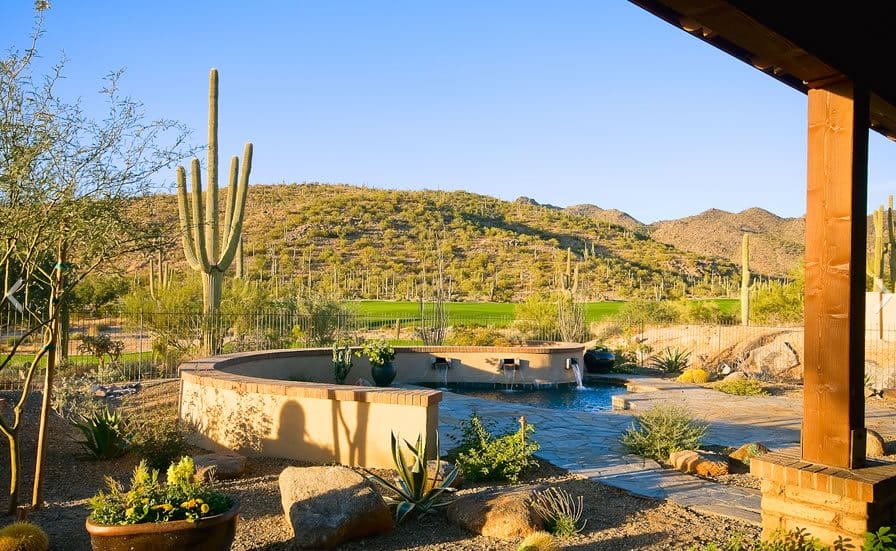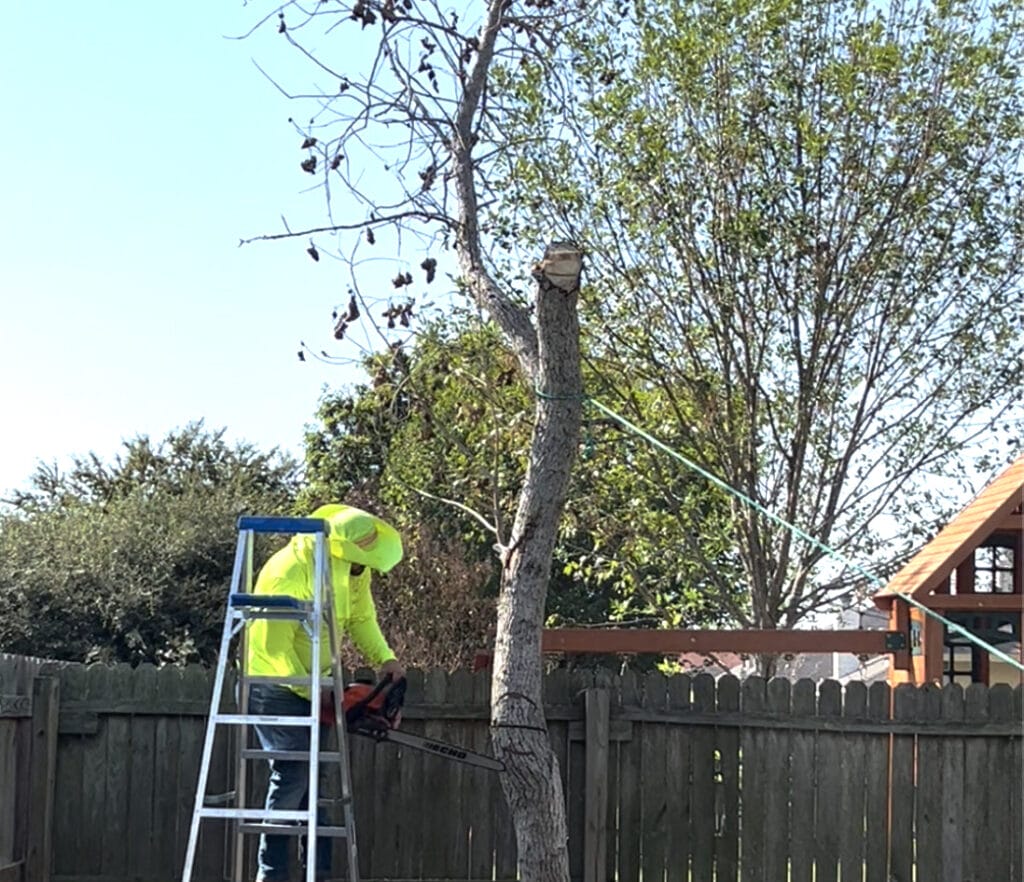BY DANIELA GIRALDO – APRIL 21, 2024

In the sprawling landscapes of Texas, residential landscaping serves as a cornerstone of property aesthetics and environmental sustainability. However, amidst the beauty lies a complex web of regulations governing landscaping practices. Understanding these regulations is crucial for homeowners, landscapers, and property developers alike to ensure compliance and foster sustainable development. In this guide, we’ll delve into the intricacies of residential landscaping regulations in Texas, exploring the key laws, guidelines, and best practices to navigate this terrain effectively.
Texas boasts diverse ecosystems, from the lush forests of East Texas to the arid deserts of the west. As a result, landscaping regulations vary across different regions, influenced by factors such as climate, soil conditions, and water availability. While some regulations are statewide, others are enforced at the county or municipal level, adding layers of complexity.
Texas boasts diverse ecosystems, from the lush forests of East Texas to the arid deserts of the west. As a result, landscaping regulations vary across different regions, influenced by factors such as climate, soil conditions, and water availability. While some regulations are statewide, others are enforced at the county or municipal level, adding layers of complexity.




Research Local Regulations: Before initiating any landscaping project, thoroughly research local regulations and obtain necessary permits from municipal authorities. Consulting with landscape architects or legal experts can provide clarity on compliance requirements specific to your area.
Use Native Plants: Native plants are adapted to Texas’ climate and soil conditions, requiring less water and maintenance than exotic species. Incorporating native plants into your landscaping not only conserves resources but also supports local biodiversity.
Implement Sustainable Design Principles: Embrace sustainable landscaping practices such as rainwater harvesting, permeable paving, and xeriscaping to minimize water usage and environmental impact. These strategies not only comply with regulations but also contribute to long-term sustainability.
Engage Professional Expertise: When in doubt, seek guidance from experienced landscape architects, environmental consultants, or legal advisors familiar with Texas’ landscaping regulations. Their expertise can help navigate complex requirements and ensure compliance with applicable laws.
Residential landscaping regulations in Texas are multifaceted, reflecting the state’s diverse landscapes and environmental challenges. By understanding and adhering to these regulations, homeowners can enhance their properties while promoting sustainability and environmental stewardship. Through careful planning, compliance with local ordinances, and adoption of best practices, Texans can create landscapes that thrive harmoniously within their communities and contribute to the preservation of Texas’ natural heritage.
Share this post:
Check other topics that may help you get more insights for your project:
